We Sell Skinner Satins Sign: Vintage Early 1900’s Tin Litho – VS1978
This Is An Extremely Rare Original Advertisement For Skinner Satins, And Was Displayed At General Stores And Authorized Dealers In The Very Early Twentieth-Century
At ArtFactory.com We Have The Largest Collection Of Investment Quality Porcelain And Tin Litho Signs For Sale Anywhere In The World, We Are A One-Stop-Shop For Outfitting Your Man Cave, Game Room, Or Lady Lounge

Description
We Sell Skinner Satins Sign: Vintage Early 1900's Tin Litho
At ArtFactory.com, we have one of the largest selections of genuine, vintage Americana signs available anywhere. This rare vintage We Sell Skinner Satins sign is a single sided, tin litho sign from the early 19o0's, and features an art deco graphic of a Native American Chief wearing a feathered headdress in the center. It also has the slogan "Yarn Dyed Yard Wide Every Inch Guaranteed" on the left side of the sign and "None Genuine Without Name On Selvage" on the right side of the sign. This horizontally oriented, oblong sign is 19 1/2 inches at its tallest point by 16 1/2 inches at its widest point. The sign has a green background in the outer portion with yellow lettering that reads "We Sell" at the top and "Skinner Satins" at the bottom. There is a black stripe around the outer border of the sign, and the inside of the sign has a light yellow background with a large full color graphic of a Native American Chief in the center. This is a rare advertisement for Skinner Satins, and is an extremely early example of tin litho advertising from the early 1900's, and is a true antique item, as it is now well over 100-years-old. It will add a statement to your man cave, lady lounge, or turn of the century or Southwestern themed game room. This sign won't last long, as they are becoming more popular as the years go by, and fewer folks are letting these signs leave their collections.
We Sell Skinner Satins Sign Specifications
- Type: Genuine Original Vintage Tin Lithograph Advertisement
- Sides: Single Sided
- Shape: Vertically Oriented Oblong
- Company: Skinner Satins
- Product: Died Yarn
- Graphic: Art Deco Native American Chief In Feathered Headdress
- Date Of Manufacture: Very Early 1900's (Turn Of The 20th Century) - A True Antique Item Over 100-Years-Old
- Place Of Manufacture: U.S.A.
- Color: Green/Yellow/Brown/Red/Full Color
- Dimensions: 19 1/2 Inches At Tallest Point By 16 1/2 Inches At Wdiest Point
- Condition: Original, Unrestored As-Pictured, See Photos For Details
We Sell Skinner Satins Sign Additional Details
Like all of our signs, this vintage We Sell Skinner Satins sign in original, unrestored condition. This sign is in Good/Fair (G/F) condition overall, as pictured, and has quite a bit of wear and tear and significant fading to the graphics, with notable amounts of scratching (especially in the outer area) and certainly shows its age, but is still a very nice example of this early Twentieth-century sign. We believe in keeping signs in unrestored condition, because these blemishes are part of the history and story of the item. All of our signs are guaranteed to be authentic, backed by over a century of experience in the antiques and collectibles marketplace. This advertisement is original memorabilia from one of America's's most iconic brands. We are a one-stop-shop when it comes to outfitting your man cave or game room. We can can outfit an entire general store or soda shop themed room for you, or help you find that one special item that has been missing from your collection. In addition to signs, we have vintage restored vending machines, and more, that we have fully restored to working, museum quality condition. Our Americana restorations are the best in the business because nobody has been doing it longer, or pays as much attention to detail.
This vintage We Sell Skinner Satins sign is the perfect conversation piece that will wow your friends and clients alike. Like all of our vintage collectible signs, it is guaranteed authentic, investment quality memorabilia. We specialize in those hard to find signs that serious collectors are looking for. All antique collectables offered are genuine memorabilia and appreciable assets, not fake reproductions. All items are fine collectable art at the highest world class collector level. Contact us for pricing on this vintage We Sell Skinner Satins sign, or any of our collectible Americana, antique signs, or old gas pumps at 1-800-292-0008.


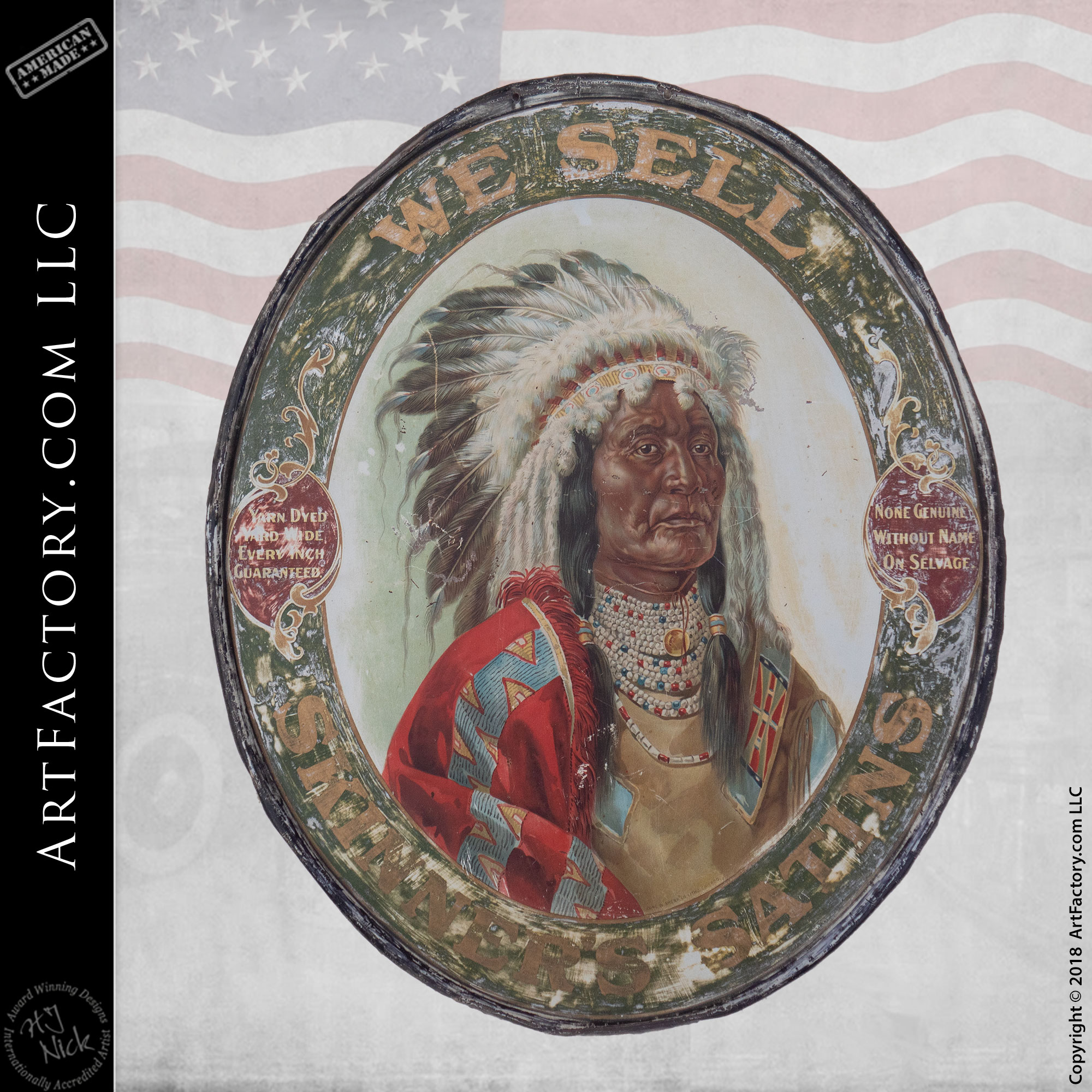

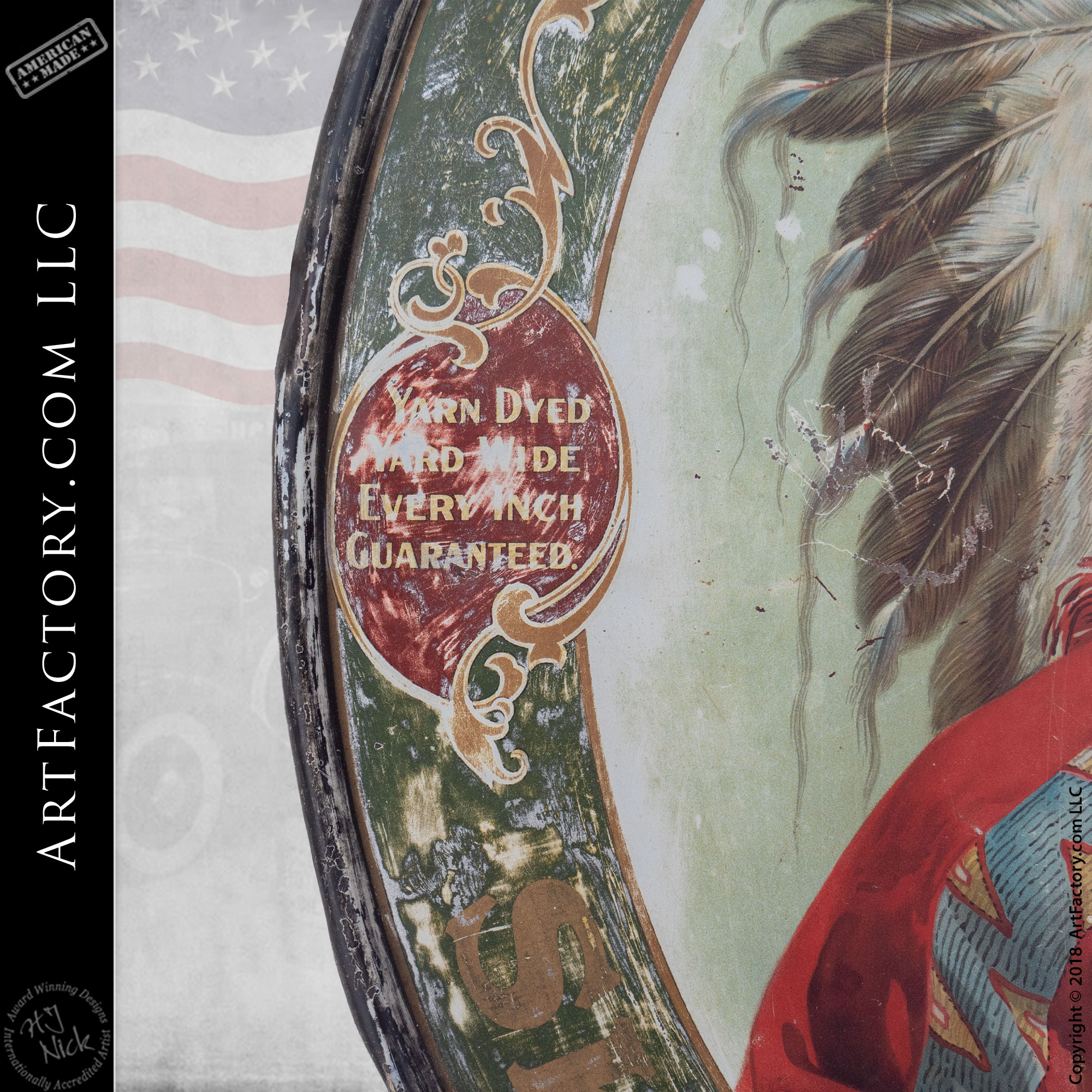
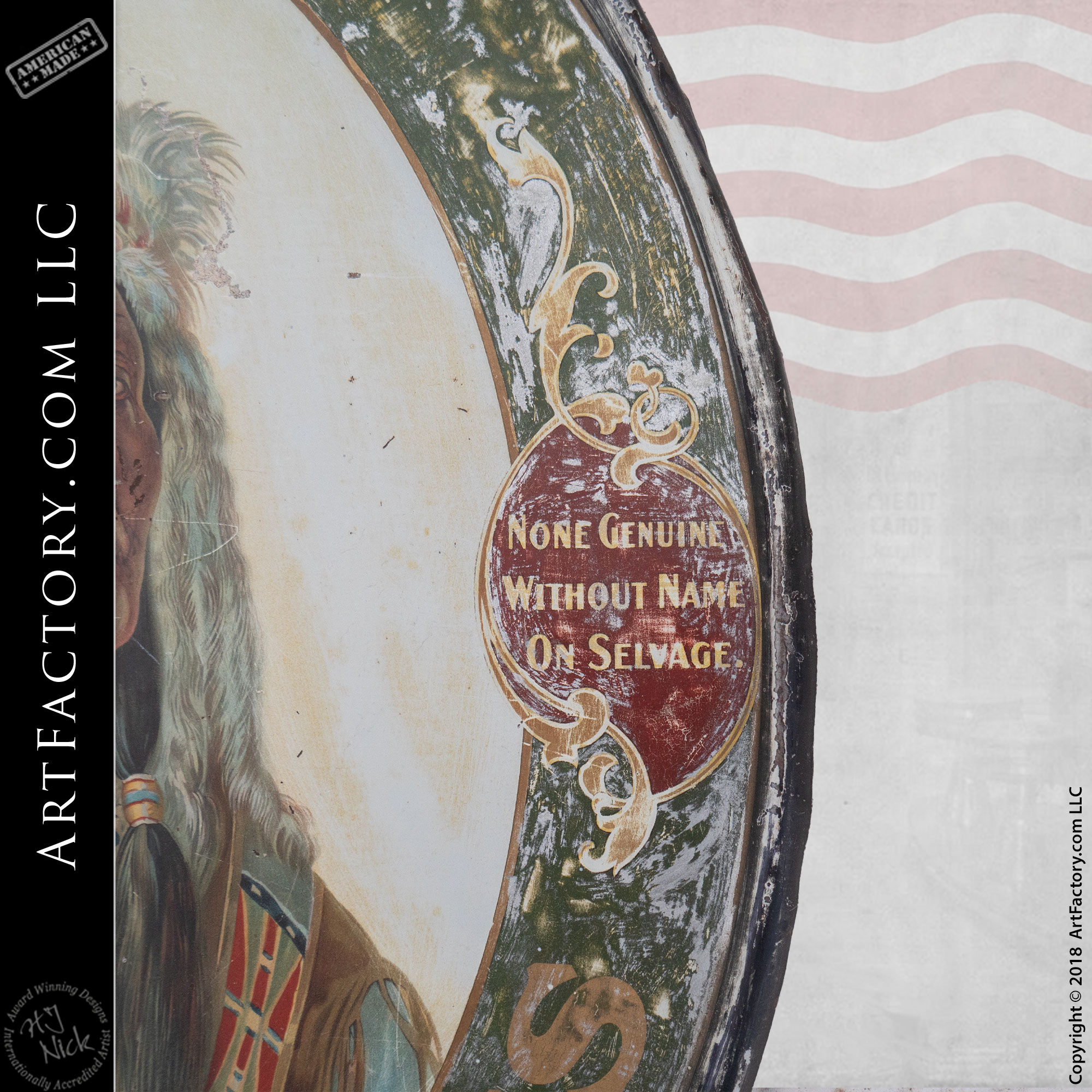
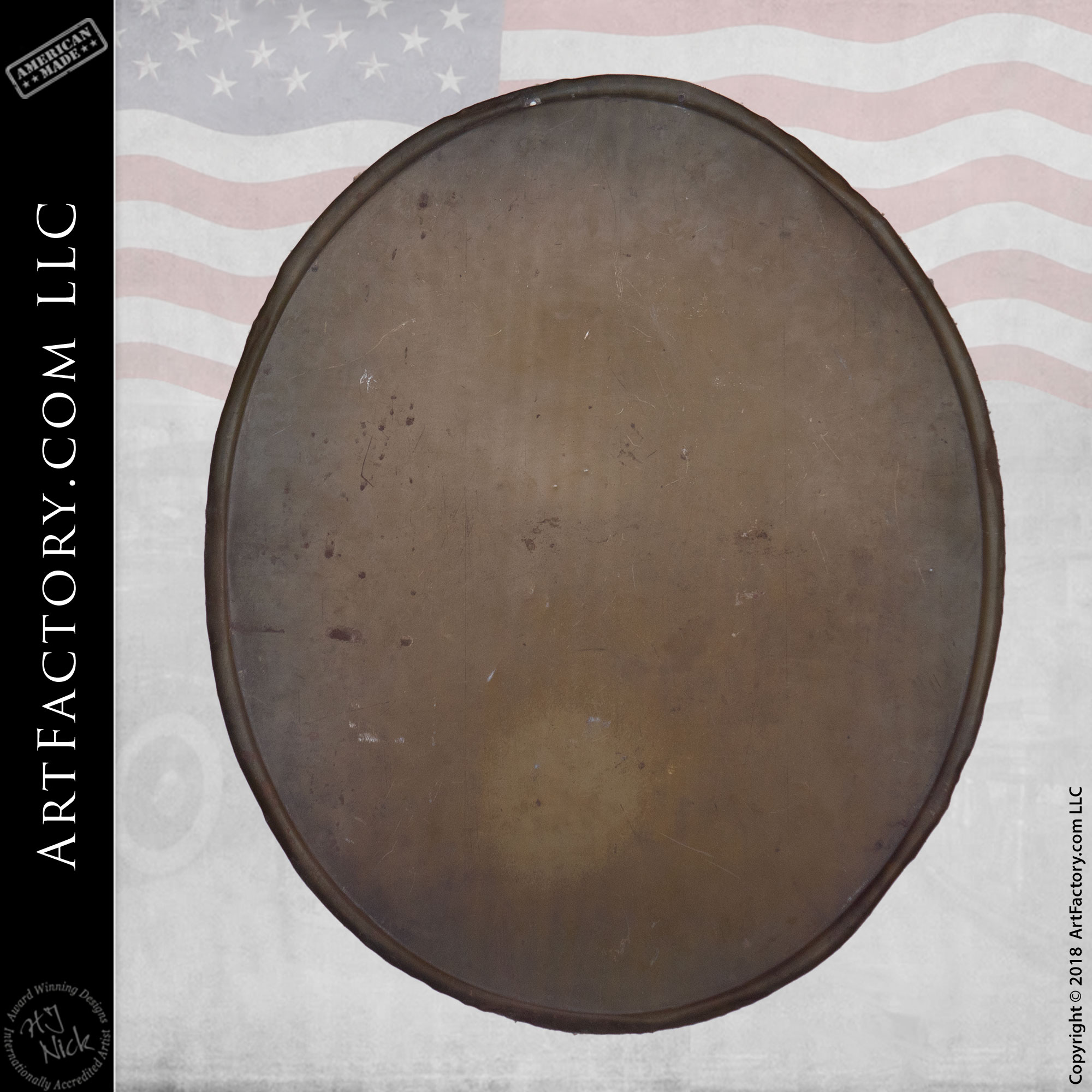



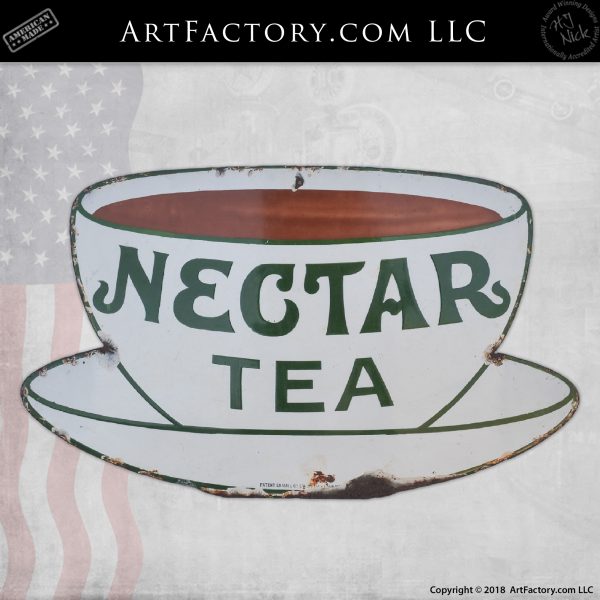
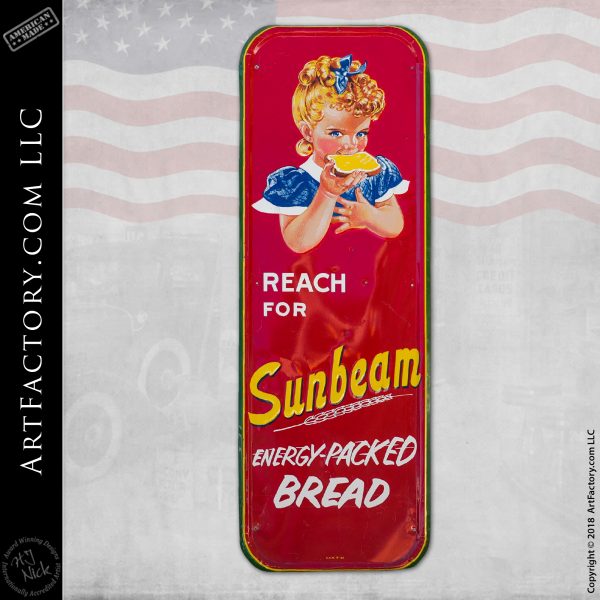
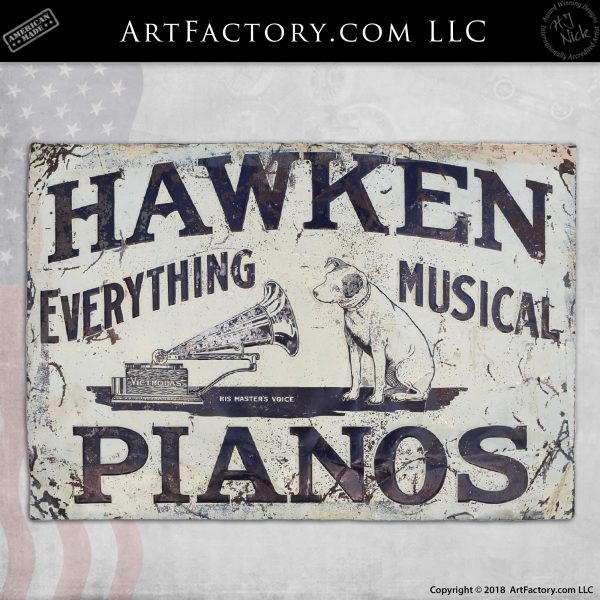
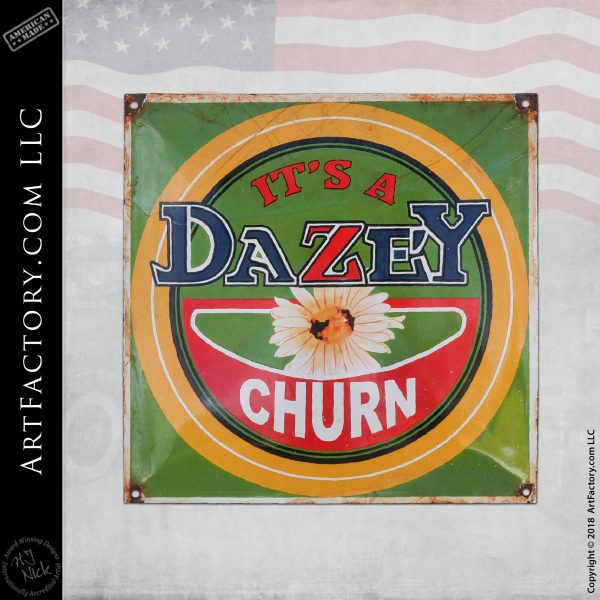
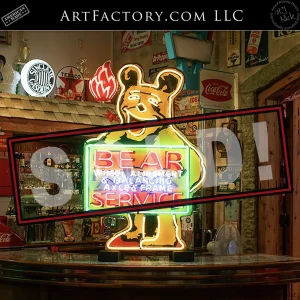

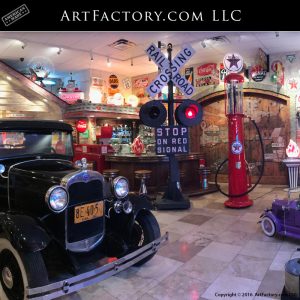
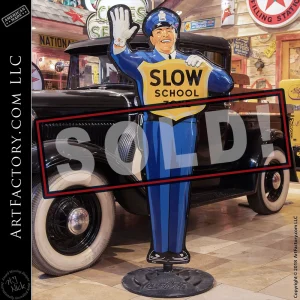

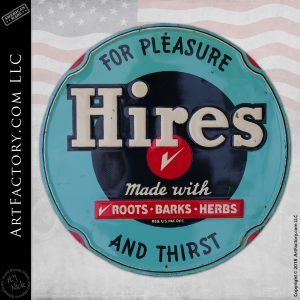
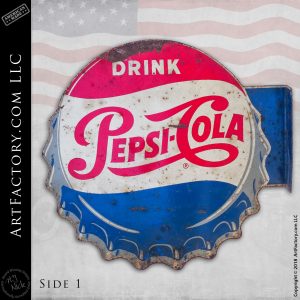

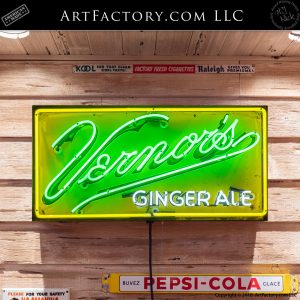
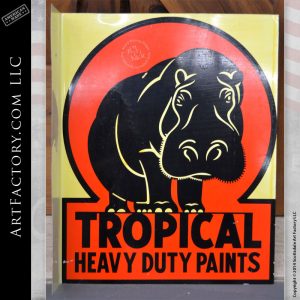
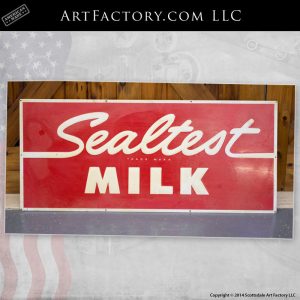
Reviews
There are no reviews yet.